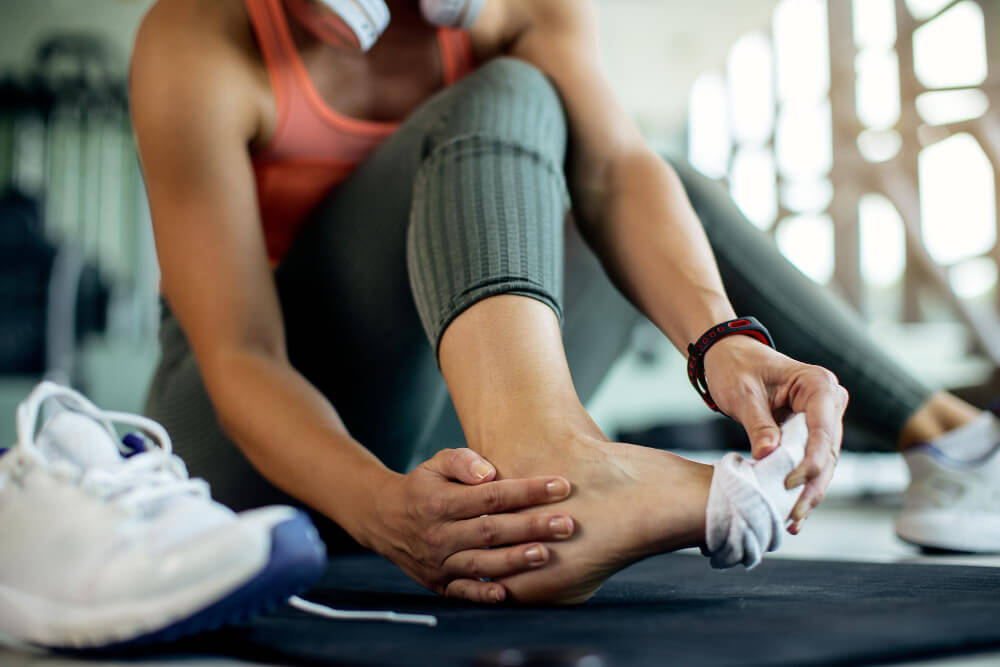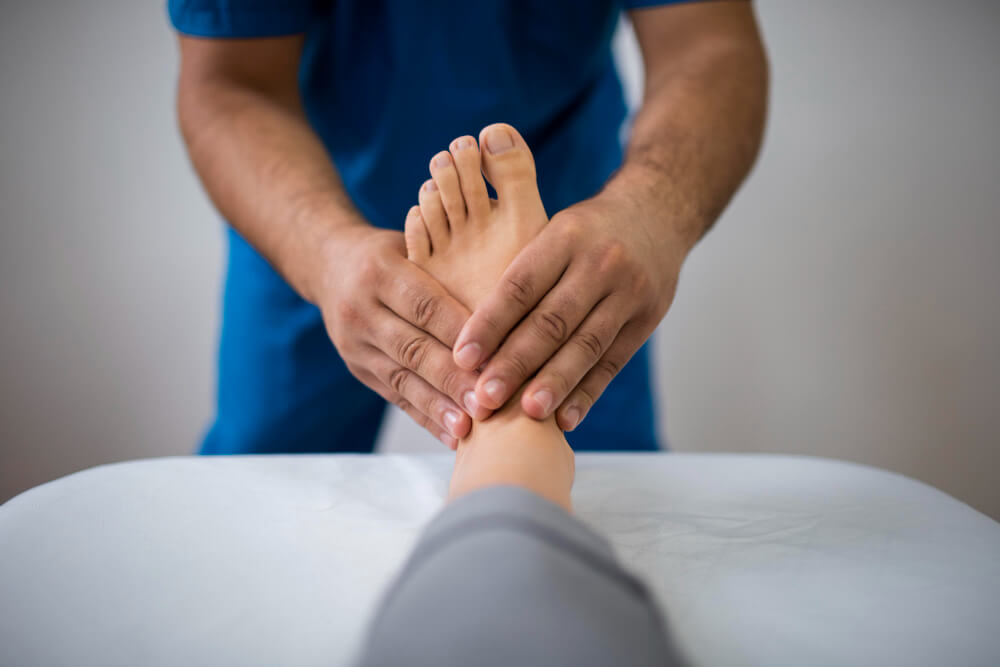Heel Pain Got You Down? Understanding Plantar Fasciitis
Start your morning full of energy, ready to seize the day. But a searing pain in your heel brings you crashing back to reality. Each step feels like a chore, and even standing becomes a challenge. If this scenario resonates with you, you might be experiencing plantar fasciitis, a common foot condition affecting millions worldwide.
Plantar fasciitis isn’t just discomfort; it’s a micro injury affecting the plantar fascia, a thick band of tissue running along the bottom of your foot, connecting your heel to your toes. This band supports the arch of your foot and absorbs shock during movement.
What Causes the Pain?
Repetitive stress and overuse strain the plantar fascia, leading to microscopic tears and inflammation. This translates to the stabbing, throbbing pain felt in your heel, especially when taking your first steps in the morning or after periods of rest.
Who’s at Risk?
While anyone can develop plantar fasciitis, certain factors increase your susceptibility:
- Being overweight or obese: Excess weight puts extra strain on your feet.
- Certain occupations: Jobs requiring prolonged standing or walking on hard surfaces increase risk.
- Age: Plantar fasciitis is more common between the ages of 40 and 60.
- Foot mechanics: Flat feet, high arches, or tight calf muscles can contribute.
- Activities: High-impact sports like running or jumping can overwork the plantar fascia.
Recognizing the Signs: Common Symptoms of Plantar Fasciitis
Don’t ignore heel pain – early detection is crucial for effective treatment. Watch out for these telltale signs:
- Heel pain: The most prominent symptom, usually worse in the morning or after periods of rest, easing slightly with activity.
- Stiffness: Your heel might feel stiff and tight, especially first thing in the morning.
- Tenderness: The bottom of your heel might be sensitive to touch.
- Pain with activity: Activities like walking, running, or standing for long periods can aggravate the pain.
Taking the First Steps Towards Relief: Treatment Options for Plantar Fasciitis
The good news is, plantar fasciitis is highly treatable! Most cases respond well to non-surgical methods, allowing you to manage the pain and get back on your feet. Here’s a look at some effective options:
Home Remedies and Lifestyle Modifications:
- Rest: Reduce activities that aggravate the pain. Consider cross-training with low-impact exercises like swimming or cycling.
- Ice: Apply ice packs to your heel for 15-20 minutes, several times a day, to reduce inflammation.
- Stretching: Regularly stretch your calf muscles and plantar fascia to improve flexibility and reduce tension.
- Supportive shoes: Invest in footwear with good arch support and shock absorption.
- Orthotics: Custom-made orthotics can help distribute weight evenly and reduce stress on the plantar fascia.
- Weight management: If you’re overweight, losing even a few pounds can significantly reduce stress on your feet.
Professional Treatments:
- Physical therapy: A physical therapist can design a personalized program of stretches, exercises, and manual therapy to improve flexibility, strength, and balance.
- Anti-inflammatory medication: Over-the-counter pain relievers like ibuprofen or naproxen can help manage pain and inflammation.
- Night splints: Wearing splints that stretch your calf muscles and plantar fascia while you sleep can help maintain flexibility and reduce pain.
- Cortisone injections: Injections of cortisone, a powerful anti-inflammatory medication, can provide temporary pain relief.
Extracorporeal shockwave therapy (ESWT): This non-invasive therapy uses sound waves to stimulate healing in the plantar fascia.
When Surgery is Considered:
While rare, surgery is an option for chronic cases that don’t respond to other treatments. It involves releasing or removing a portion of the plantar fascia.
Preventing Future Flare-Ups: Proactive Measures
Once you’ve recovered from plantar fasciitis, implementing preventive measures can help prevent future flare-ups:
- Maintain a healthy weight.
- Choose supportive shoes with good arch support.
- Stretch regularly.


